Do you think smart house security makes you a simple target? Or that it is overly costly? Let us clear ten common misconceptions on smart home security and rewrite the history in 2025.
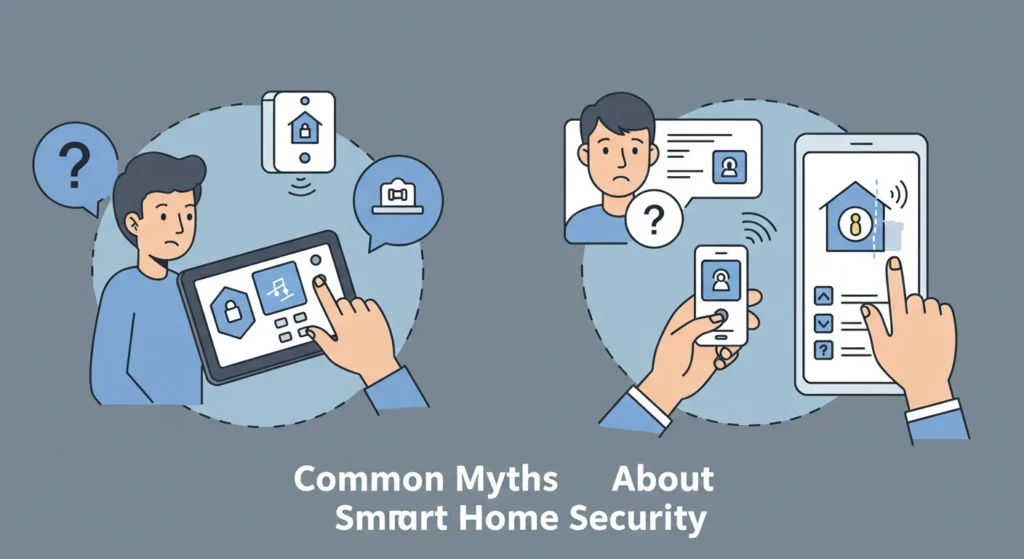

Table of Contents
Introduction
I understand—advanced home security systems may seem like they belong in a science fiction film. The presence of cameras, intelligent locks, and motion sensors in every corner can understandably cause some apprehension. Given the numerous misconceptions out there, it is understandable that some individuals remain reluctant to enhance their home security systems.
However, the reality is that much of the information you have encountered? There may be an error in that assessment. Advanced security systems are designed for everyone, and they don’t compromise your home’s safety by inviting unwanted intruders. In this article, I will address 10 prevalent misconceptions surrounding smart home security, and believe me, some of these will truly astonish you!
It is essential to distinguish between what is true and what is not, ensuring that you are equipped to make knowledgeable decisions regarding the safety of your home.
Myth #1 – Smart Home Security Systems Are Easy to Hack
While some may think that smart locks and cameras are a hacker’s paradise, the truth is quite the opposite.
Truth:
Advanced encryption methods, the implementation of two-factor authentication, and consistent software updates significantly enhance security measures, making unauthorized access much more challenging than one might assume. The core concern? Inadequate passwords and subpar security practices.
Real Talk:
I once believed that installing a smart lock was akin to giving a hacker direct access to my home. If my phone were compromised, wouldn’t my front door be at risk as well? I realized I was completely mistaken.
Leading smart security brands implement robust encryption protocols for their data, akin to the measures taken by financial institutions. These systems implement two-factor authentication and provide automatic software updates, ensuring that vulnerabilities are addressed proactively well ahead of any potential hacking attempts. Have you ever considered what truly exposes individuals to risk? Unwise security practices.
Utilizing “123456” as a password is highly inadvisable. That was a significant oversight. Neglecting to update your firmware? That’s quite concerning. When an intruder breaches your system, it is typically due to their discovery of a vulnerability rather than any inherent flaws in the technology itself. If you are concerned about potential hacking threats, it is essential to implement unique passwords, activate two-factor authentication, and ensure your devices are regularly updated. That alone positions you significantly ahead of the typical individual regarding security measures.
Myth #2 – Smart Security Systems Are Too Expensive
It is a common misconception that advanced security systems are exclusive to the wealthy, but that is simply not accurate.
Reality:
There are numerous budget-friendly solutions available, with some DIY configurations priced below $200. Additionally, there’s no obligation for monthly monitoring—you have the option to self-monitor at no cost.
Real Talk:
In the past, securing your home often involved costly installations, lengthy contracts, and significant monthly expenses. However, the landscape has changed dramatically. Nowadays, you can acquire a top-notch smart doorbell or camera for the price of a nice meal. Companies such as Wyze and Eufy provide affordable solutions that maintain high-security standards. Consider the value of your peace of mind. For the price of a few coffee outings, you can set up a smart camera that notifies you instantly when someone approaches your doorstep. Quite an appealing option, wouldn’t you agree?
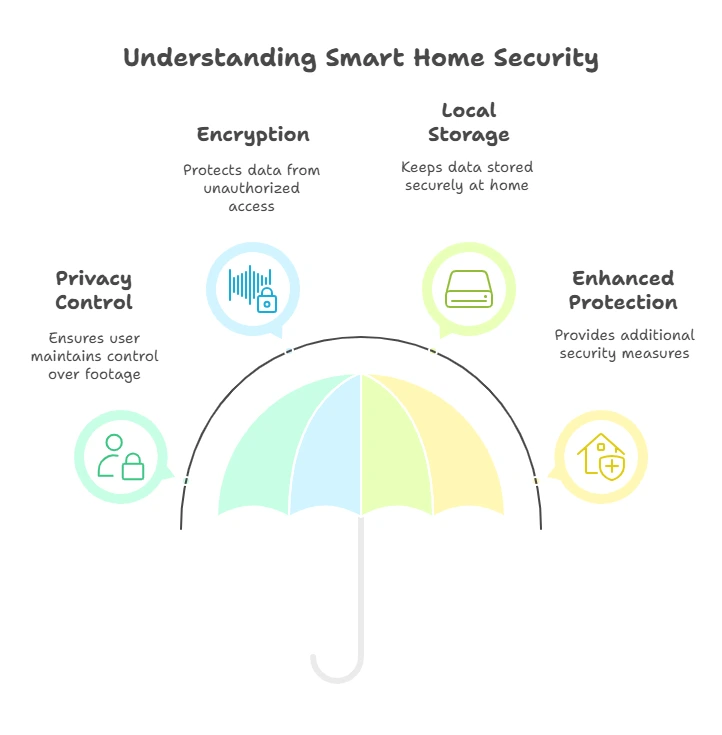
Myth #3 – Smart Cameras Invade Your Privacy
Many individuals express concerns that the installation of smart cameras equates to constant surveillance. Is that really the case?
Truth:
Numerous brands provide local storage options and encryption methods to ensure the security of your footage. You have the authority to determine access so your information can remain local without needing to be stored in the cloud.
Real Talk:
I once believed that having cameras meant my home was under constant surveillance by unseen eyes. However, I’ve come to realize that I hold the reins. With robust end-to-end encryption and local storage capabilities, your footage remains private unless you choose to share it. Moreover, many of us already carry cameras in our pockets through our phones and laptops. A smart security camera simply enhances our protection, serving as an effective tool for safeguarding our spaces.
Myth #4 – Traditional Locks Are Safer Than Smart Locks
Many individuals believe that traditional locks offer superior security, but is that truly the case?
Reality:
It is important to recognize that physical locks are often more vulnerable to picking or bumping than many people realize. Smart locks provide detailed activity logs, enable remote access, and enhance overall security measures.
Real Talk:
Have you ever misplaced your keys? Or, even more concerning—could someone have duplicated them? Smart locks enable you to manage access dynamically, allowing you to grant or revoke entry instantly. You can monitor who enters and at what times and receive notifications if there are any attempts to tamper with the lock.
Imagine having a vigilant protector for your entrance—compact enough to carry with you wherever you go.
Myth #5 – Smart Security Only Works With WiFi
What happens if the internet goes out?
Truth:
A variety of advanced security systems incorporate cellular backups and local storage to ensure continuous operation. Wired solutions are available to ensure continuous security coverage.
Myth #6 – Smart Home Security Is Complicated to Use
Nobody wants a system that requires an IT degree to operate.
Reality:
Modern systems offer seamless installation and are easily managed through mobile applications. Voice assistants such as Alexa and Google Home enhance their usability significantly.
Real Talk:
If you’re familiar with using a smartphone, operating a smart security system will be just as intuitive. Configuration is quick and straightforward, and many devices require just a few taps in an application.

Myth #7 – Smart Alarms Are Annoying & Go Off Randomly
Old-school motion sensors could be a pain. But today?
Truth:
Advanced motion sensors equipped with artificial intelligence effectively minimize false alarms by analyzing patterns and differentiating genuine threats from routine activities.
Myth #8 – You’re Just as Safe With a Regular Doorbell & Deadbolt
If you think a regular lock and peephole are enough, think again.
Reality:
Traditional systems often fail to alert you to intrusions until after the damage is done. Smart doorbells and locks offer immediate notifications and video recordings for enhanced security.
Myth #9 – Smart Security Doesn’t Work for Renters
Think your landlord won’t allow smart security? Think again.
Truth:
A variety of smart devices offer complete portability, eliminate the need for drilling, and are ideally suited for renters.
Real Talk:
Stick-on WiFi cameras, smart plugs, and portable alarms give renters full control without making permanent modifications.
Myth #10 – If I Have a Dog, I Don’t Need a Smart Security System
Dogs are great, but they have their limitations.
Reality:
Dogs cannot contact emergency services or document incidents. Advanced security systems enhance the safety of your pets by delivering timely alerts, capturing recordings, and offering emergency support.
Real Talk:
While dogs can be great companions, it is important to recognize their limitations in security. If an intruder were to appear, your dog might bark to alert you, but they cannot send notifications or capture video evidence of the event. A smart security system complements your dog, enhancing their protective instincts.
Conclusion
Home security technology is accessible to everyone, not just enthusiasts or the affluent; it’s designed for anyone seeking reassurance and safety. Now that we have clarified these misconceptions, you have a clear understanding of the facts.
If you are feeling uncertain, it is wise to begin with a modest approach! Consider installing a smart doorbell or an indoor camera to enhance your security experience. It is essential to manage your home’s safety in a manner that suits your needs.
Do you have an inquiry or perhaps a myth you have encountered? Please share your thoughts in the comments section, and let us continue this discussion.
FAQs
Can smart security systems work without the internet?
Yes! Many systems have cellular or local backups to stay operational.
Are smart locks actually safer than traditional locks?
In most cases, yes. They provide activity logs, encryption, and remote access.
Can hackers really take over my smart home?
Not if you use strong passwords, 2FA, and keep your devices updated.
What’s the best budget-friendly smart security option?
Wyze, Eufy, and Ring offer great, affordable options.
Do smart cameras record all the time?
Nope! Most only record motion-triggered events to save storage.
Are smart alarms annoying with pets?
Not at all! You can adjust motion sensitivity to ignore pet movements.
Do I have to pay monthly fees for smart security?
No, you can self-monitor without a subscription.
Can I install a smart security system myself?
Absolutely! Most are DIY-friendly and need no professional help.
What’s the best smart security brand?
It depends! Arlo, Ring, SimpliSafe, and Nest are top choices.
Does smart security drain a lot of electricity?
Nope! Most devices are energy-efficient and battery-powered.
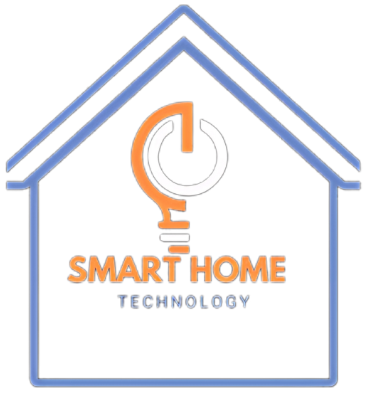
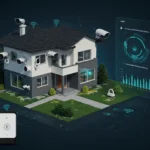

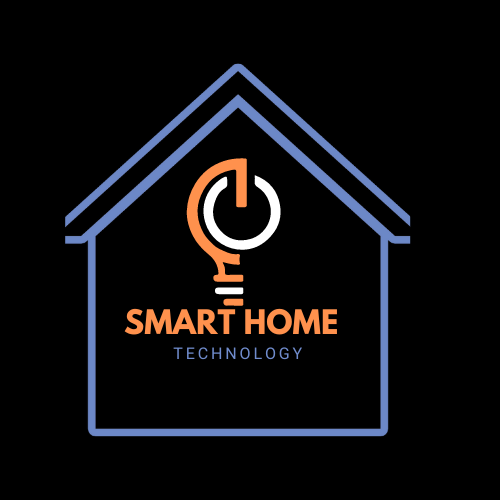
Pingback: Smart Home Security 101: How to Protect Your Home in 2025 - smarthomze.com